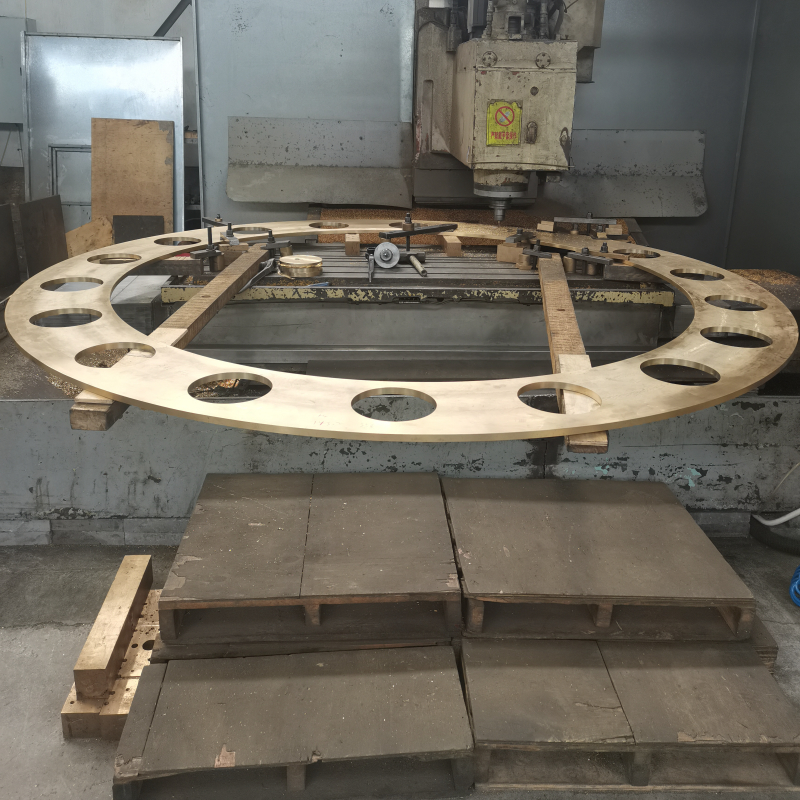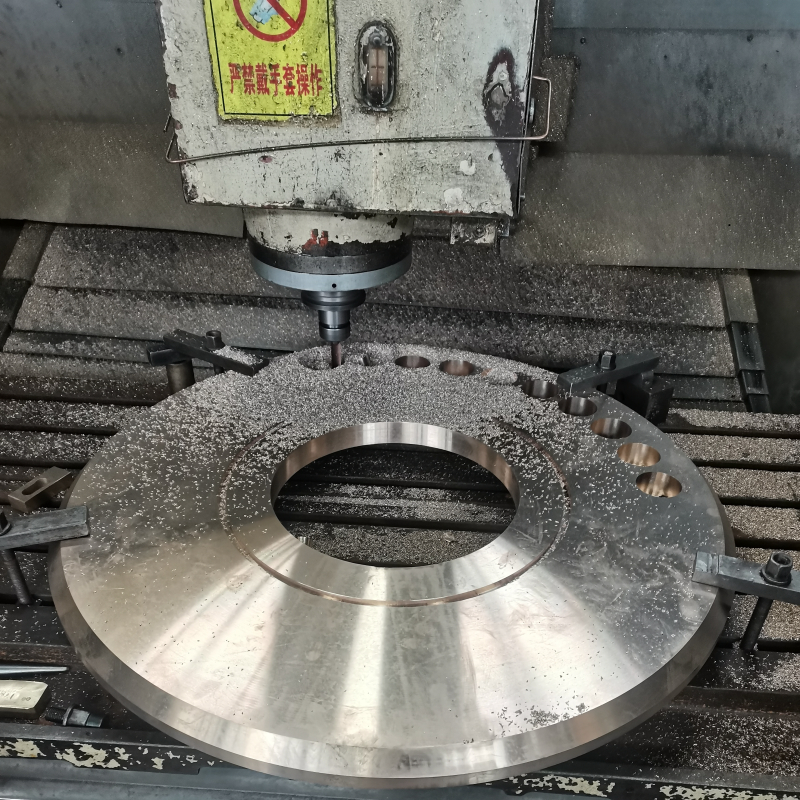 Mazhuang Village, Yuhe Town, Huixian City, Xinxiang City, Henan Province, China
Mazhuang Village, Yuhe Town, Huixian City, Xinxiang City, Henan Province, China
 Service Hotline +86 17630258963
Service Hotline +86 17630258963  Cell phone +86 17630258963
Cell phone +86 17630258963 The sealing performance of copper gasket can be checked by the following methods:
Hydraulic test:
Fill the sealing system fitted with the copper gasket with liquid, such as oil or water.
Use a pressure pump to gradually increase the pressure in the system, observe whether the pressure is stable and whether there is liquid leakage.
The size and duration of the test pressure can be determined according to the design pressure and usage requirements of the system.
If a drop in pressure or liquid leakage is observed during the test, it indicates a problem with the sealing performance of the copper gasket.
Pneumatic pressure test:
For some systems that cannot withstand liquid pressure, a pneumatic pressure test can be performed. Fill the sealing system with gas, such as compressed air.
Use a manometer to monitor the pressure change in the system, and at the same time, use soapy water or other leak detectors to apply to the sealing part, and observe whether there are bubbles generated. If bubbles are generated, it means that there is a leak at the copper gasket and the sealing performance is not good.

Check after installation:
After installing the copper gasket, carefully observe whether the installation position of the gasket is correct, and whether it fits perfectly with the sealing surface.
Check whether the surface of the gasket has damage, deformation or impurities, etc., which may affect the sealing performance.
Ensure that the tightening force of the bolt or nut is even and there is no over-loosening or over-tightening.
Check after disassembly:
If the sealing system needs to be repaired or inspected, the condition of the copper gasket can be checked after disassembly.
Observe the surface of the gasket for wear, corrosion, or indentations that may be signs of a poor seal.
Check the sealing surface for damage or impurities and clean and repair if needed.

Ultrasonic leak detector:
Ultrasonic leak detectors can detect small leaks in the sealing system.
Leak detector probe near the sealing part, listen to whether there is an ultrasonic signal. If there is a leak, the ultrasonic signal will be detected and an alarm will sound. This method is suitable for detecting hard-to-detect leaks, such as tiny gas leaks.
Infrared Thermal Imaging:
Infrared thermography detects temperature changes at the sealing site to determine if there is a leak.
If there is a leak, the temperature at the leak will be different from the surrounding environment and the thermal imager can detect this temperature difference.
This method is suitable for detecting liquid or gas leaks, and is especially effective for detecting leaks in high temperature or high pressure systems.
Through the above methods, the sealing performance of copper gaskets can be effectively checked to ensure the safe and reliable operation of the sealing system. In the sealing performance check, should be based on specific application scenarios and requirements to select the appropriate method, and strictly in accordance with the operating procedures for operation. If the sealing performance is found to have problems, timely measures should be taken to repair or replace the copper gasket.
